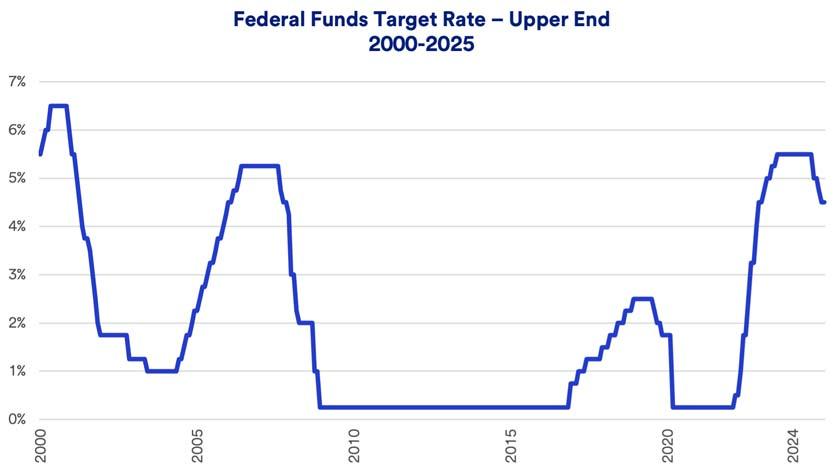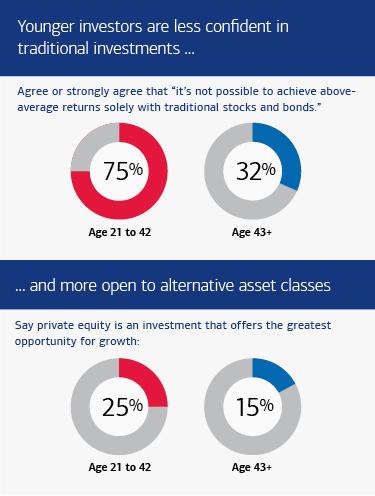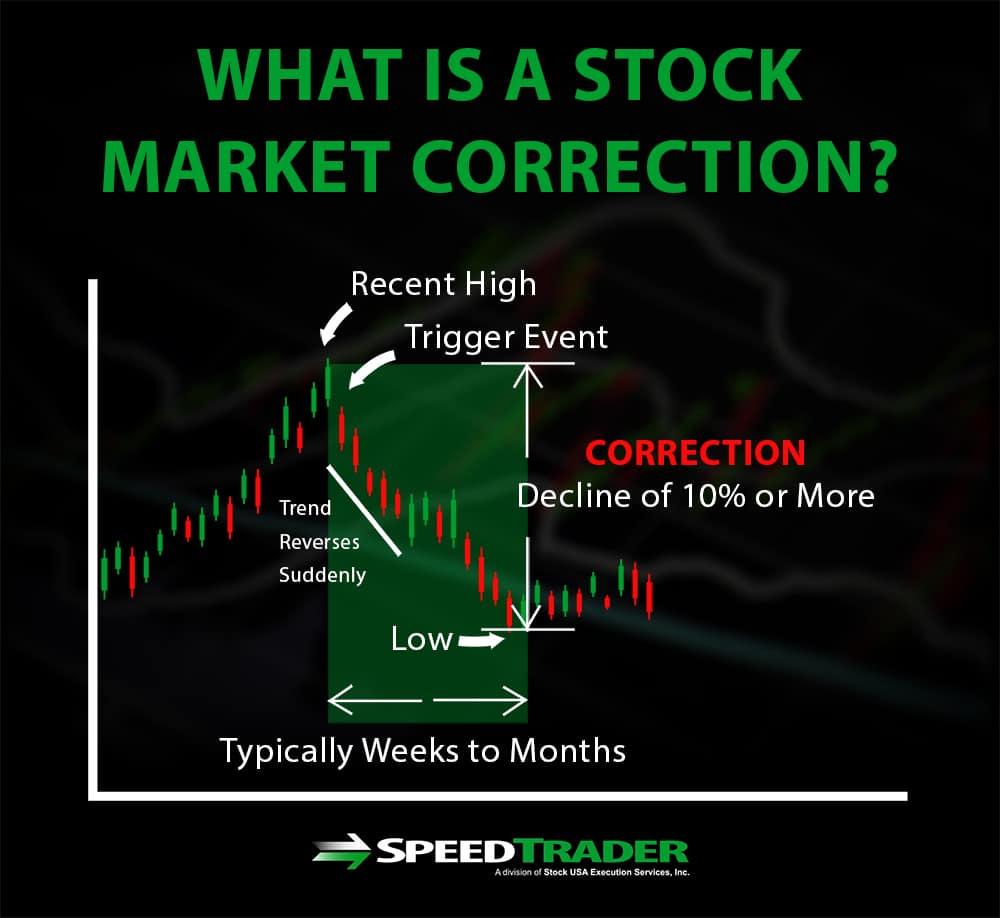In the ever-shifting landscape of real estate, some markets are poised for a dramatic change. As economic winds change direction, four states stand at the precipice of a potential housing price nosedive. This exploration delves into the regions where homeowners and potential buyers should brace themselves for a notable market correction. From overinflated valuations to changing economic indicators, these states represent a perfect storm of conditions that could send property values plummeting in the next twelve months. Buckle up for an insider’s look at the most vulnerable housing markets in America. The real estate landscape is experiencing seismic shifts, with certain states facing potential housing market downturns that could dramatically reshape property values. California leads the pack,with its volatile market conditions and overinflated property prices setting the stage for a significant correction. Tech industry layoffs,remote work trends,and astronomical mortgage rates are converging to create a perfect storm for home value depreciation.
Arizona’s housing market is showing early signs of ample price erosion. The state’s previously red-hot Phoenix metropolitan area is experiencing a cooling trend that could accelerate into a full-blown price collapse.Speculative investments and pandemic-era price spikes have created an unsustainable market bubble that’s primed for a dramatic reset.
Nevada, particularly the Las Vegas region, is another potential hotspot for housing market turbulence. Overbuilding, reduced migration patterns, and economic uncertainties are creating significant downward pressure on home values. The state’s heavy reliance on tourism and entertainment sectors makes it particularly vulnerable to economic fluctuations that could trigger a substantial price correction.
Florida rounds out the list of states facing potential housing market challenges.Despite its reputation as a real estate haven, markets in Orlando, Tampa, and Miami are showing signs of significant stress. Escalating insurance costs, climate change risks, and a slowdown in out-of-state migration are contributing to a potential price downturn.
Key factors driving these potential market corrections include persistently high mortgage rates, economic uncertainty, and a fundamental mismatch between housing supply and affordability. Investors and homeowners in these states should prepare for potential value reductions ranging from 10% to 20% over the next 12 months.
Local economic conditions, job markets, and regional development will play crucial roles in determining the exact extent of price declines. Potential homebuyers should conduct thorough research and approach purchases with caution. Those looking to sell might consider timing their market exit strategically to minimize potential losses.
The housing market remains dynamic and unpredictable, with multiple variables influencing property values. While these four states show the most significant risk of price corrections,no market is entirely immune to potential downturns. Careful analysis, professional advice, and a nuanced understanding of local economic trends will be essential for navigating the complex real estate landscape in the coming year.










Buffett: This year’s stock market turmoil ‘is really nothing’